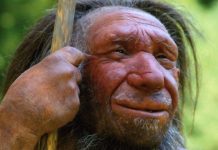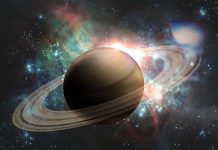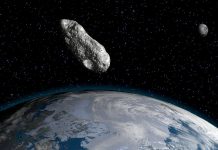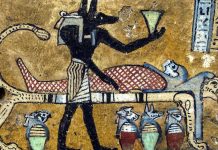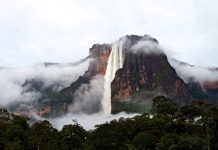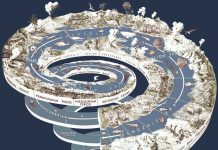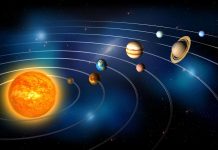Researchers found fossilized remains in Australia which proves that humans once co-existed with some pretty large creatures. As recent as 40,000 years ago, indigenous Australians had to live beside huge kangaroos, car-sized lizards, and a marsupial “lion” that lived there between 60,000 and 40,000 years ago. In fact, they were the biggest land animals to have lived on the island since the dinosaurs roamed the Earth.
Dr. Scott Hocknull, who is a palaeontologist at Queensland Museum and a University of Melbourne honorary, told Daily Mail Australia that at least 16 species of megafauna (13 extinct and 3 extant) have been unearthed at a site in South Walker Creek, northern Queensland. The three species that are still in existence today are the emu, red kangaroo, and saltwater crocodile.
Ancient freshwater crocodiles measured 7 meters long.
They have been digging at the site for the last 12 years and have unearthed the remains of a Megalania (7-meter-long (almost 23 feet) goanna), huge wombats, and a marsupial “lion”. They also found the remains of kangaroos that were 2.5 meters (just over 8 feet) tall and weighed approximately 274 kg (just over 600 pounds). Although they were large in size, they were hunted by huge reptiles like 7-meter long freshwater crocodiles and lizards that weighed about the same as a small car.
“This is really exciting as it’s the first time we’ve been able to provide a picture of what tropical north looked like,” Hocknull explained, adding, “The megafauna at South Walker Creek were uniquely tropical, dominated by huge reptilian carnivores and mega-herbivores that become extinct about 40,000 years ago – at least 20,000 years after humans arrived in Australia.” “The first people of Australia most likely saw these animals.”
While it’s not entirely certain how or if humans would have had any contact with these huge animals, Hocknull suggested that they probably attempted to avoid them as much as possible as some mammalian predators roamed the area such as the marsupial lion Thylacoleo carnifex.
Ancient kangaroos were 2.5 meters tall.
As for what wiped these animals out, it is believed that global warming caused their demise instead of humans. “We cannot place humans at this 40,000-year-old scene, we have no firm evidence. Therefore, we find no role for humans in the extinction of these species of megafauna,” Hocknull explained, “We find that their extinction is coincident with major climatic and environmental deterioration both locally and regionally, including increased bushfires, reduction in grasslands and loss of freshwater.”

